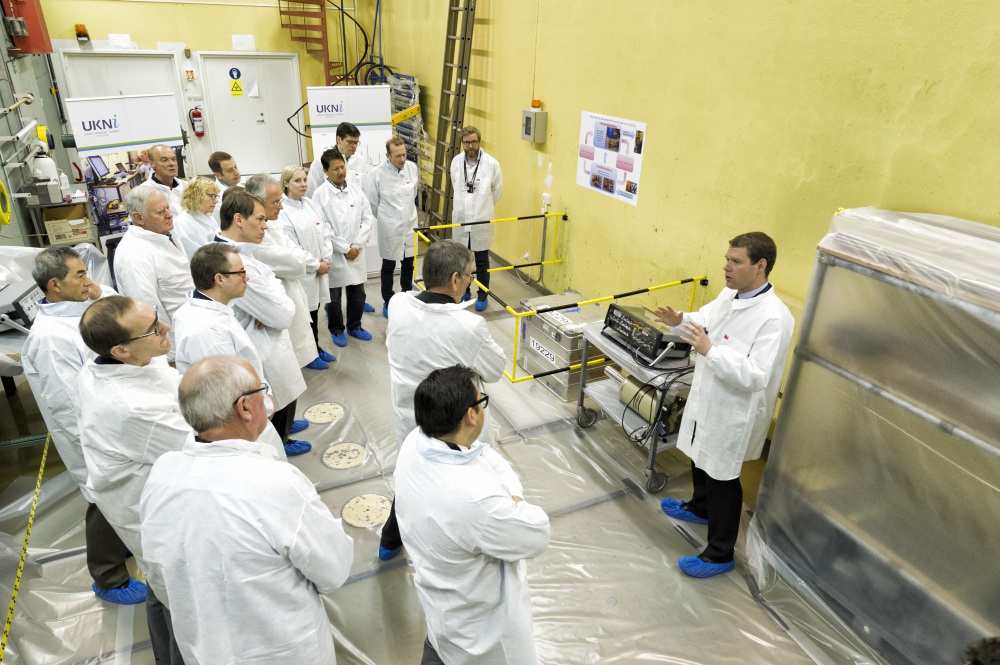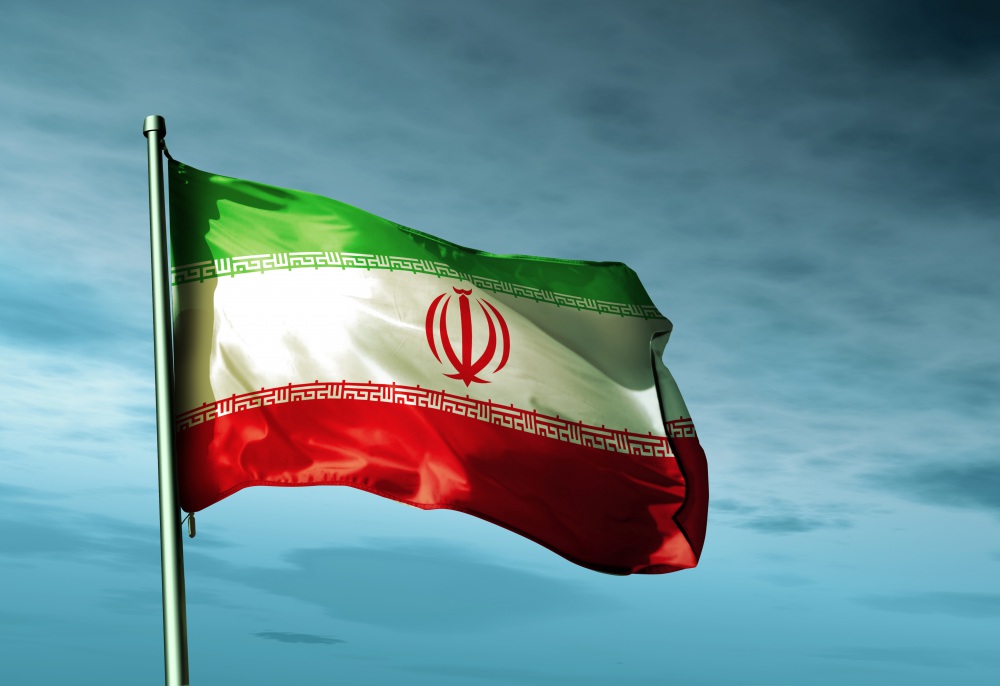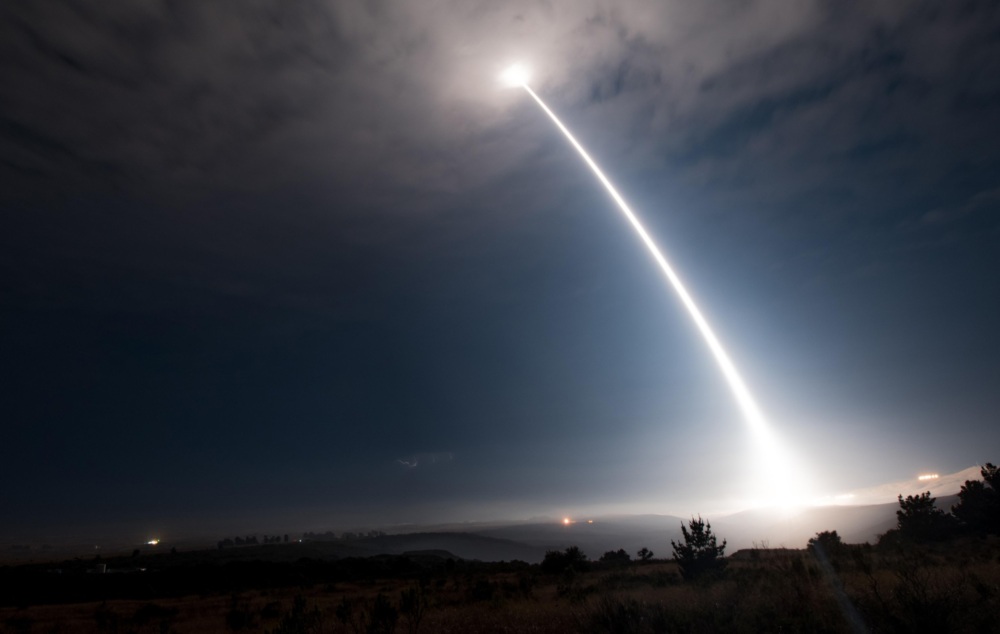Resource Collection
Monitoring and Verification Resource Collection

As the International Partnership for Nuclear Disarmament Verification (IPNDV) works to understand and solve monitoring and verification challenges across the nuclear weapons lifecycle—from material production and control, warhead assembly and deployment, to storage, dismantlement, and disposition—experts can draw on a long history of work and analysis that has been done in this area.
At the inaugural meeting of the International Partnership, members of the Partnership agreed that it would be important to study past research, experiments and agreements, and to build on these efforts rather than duplicate them. To assist with this, the Nuclear Threat Initiative (NTI) compiled a bibliography of studies and reports that have been done on key aspects of disarmament verification.
Disarmament verification covers a wide array of challenges. Each of the major components of a nuclear weapons enterprise presents different monitoring and transparency challenges. Understanding how these pieces fit together, and what the differences are between monitoring and verifying nuclear weapons, warhead dismantlement, and nuclear materials and components will be essential to advancing both the work of the Partnership as well as broader international progress.
The resources in this collection are all unclassified and have been approved for public release and reprinting. The documents have been divided into 5 subject areas: Arms Control Agreements, Demonstrations & Experiments; Future Monitoring & Verification Challenges; Warhead Confirmation & Radiation Measurements; Information Protection & Information Barriers; and Chain of Custody, Tags, Seals & Tamper Indicating Enclosures.
- Arms Control Agreements, Demonstrations, & Experiments
This section contains background information on past arms control agreements, demonstrations and experiments. Examples include the Intermediate-Range Nuclear Forces (INF) Treaty and the Treaty between the United States of America and the Russian Federation on Measures for the Further Reduction and Limitation of Strategic Offensive Arms (New START), as well as experiments like the Black Sea Experiment, the UK-Norway Initiative, and the Trilateral Initiative.
- Future Monitoring & Verification Challenges
This section explores the monitoring and verification challenges states will likely face with future arms control and disarmament steps and how verification approaches might evolve to account for new sources of information and technologies, additional stakeholders, and issues such as cost and intrusiveness.
- Warhead Confirmation & Radiation Measurements
This section discusses a number of technologies and approaches that could be used for warhead confirmation. The ability to measure and confirm the declared radiation characteristics of a treaty-limited item may prove to be essential for meeting future verification objectives, and a substantial body of technical research exists on how to do so.
- Information Protection & Information Barriers
This section focuses on the protection of sensitive information and different procedures, devices, and software that have been developed to protect sensitive information from unauthorized release, while at the same time allowing inspection and monitoring equipment to be certified and authenticated and verification information to be presented.
- Chain of Custody, Tags, Seals & Tamper-Indicating Enclosures
This section explores issues associated with establishing and maintaining chain of custody for treaty-limited items, as well as different tags and seals that could be used to support monitoring and transparency activities. Chain of custody includes the process of establishing the authenticity or provenance of items, tracking their movements between facilities and confirming that they have not been altered in any way. A tag is any intrinsic characteristic or applied feature that identifies a particular item, such as a nuclear weapon or weapon canister. The simplest tag is a serial number or bar code. A seal is a tamper-indicating device that prevents undetected access. A seal need not prevent access; it need only record in some permanent and unambiguous manner that such access has occurred.
This collection will continue to expand over time. If you would like to submit additional studies, reports, or articles, please contact Andrew Newman at [email protected].
Note: The content on this website and in this resource collection does not necessarily reflect the views of the members of the International Partnership or the United States Government.
Explore the Collection
Future Monitoring & Verification Challenges
Warhead Confirmation & Radiation Measurements
Information Protection & Information Barriers
Chain of Custody, Tags, Seals & Tamper-Indicating Enclosures
Stay Informed
Sign up for our newsletter to get the latest on nuclear and biological threats.
More on

Eric Brewer on the Iranian Nuclear Program’s Entry Into Dangerous New Territory
Eric Brewer calls on Washington to improve its ability to detect and respond to Iran’s nuclear activities now that its nuclear program enters “dangerous new territory” with enough highly enriched uranium for a nuclear bomb.

U.S. Nuclear Policies for a Safer World
NTI Co-Chairs Ernest J. Moniz and Sam Nunn call on the United States to resume a position of global leadership to reduce the risks posed by nuclear weapons.
Warhead Confirmation & Radiation Measurements
A collection of PDF documents about warhead confirmation and radiation measurements.
